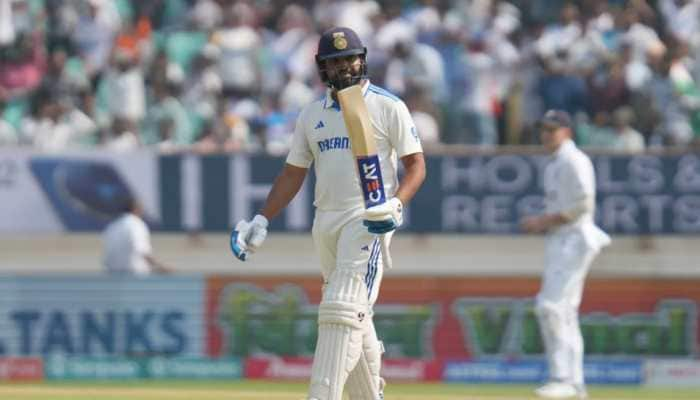Can Outdoor Play Prevent Myopia In Kids? Expert Shares Key Lifestyle Factors Impacting Children's Eyesight
Expert recommends that children over the age of 6 engage in at least 2 hours of outdoor play each day. Read more about how to prevent myopia in kids.
Trending Photos
) Myopia, typically emerges in childhood when the eyes are still in the growth phase (freepik)
Myopia, typically emerges in childhood when the eyes are still in the growth phase (freepik) In a world dominated by screens, myopia, or nearsightedness, is making headlines among children. While genetics play a role, the shift towards prolonged screen time and limited outdoor activities is a significant contributor. Myopia often takes root during childhood, a critical period when the eyes are still in the growth phase.
Understanding the science behind it involves recognizing how excessive elongation of the eye, known as axial length, leads to blurred distance vision. Let's delve into the key lifestyle factors impacting our children's eyesight.
In an interview with Zee News English, Dr Aloka Hedau, Pediatric Ophthalmologist and Squint Surgeon at Dr Aloka's Eye Care, Hyderabad shares surprising ways parents can safeguard their child's vision and eye health and prevent myopia.
What is Myopia, and Why is it a Growing Concern Among Children?
Myopia, typically emerges in childhood when the eyes are still in the growth phase. It occurs when the eyes elongate too much from front to back, known as axial length. In myopia, light entering the eye converges in front of the retina instead of directly on it, leading to blurred distance vision.
While myopia can have a hereditary component, lifestyle factors like extended screen time and prolonged engagement in near vision activities can also contribute to its development.
How Outdoor Play Can Benefit Your Kid's Eyes?
Sunlight's Intensity: Studies suggest that sunlight triggers the release of dopamine into the eye when it reaches the retina. This release may help prevent excessive elongation of the eye, a key goal in myopia management. Children who spend a minimum of 2-3 hours outdoors under sunlight tend to show slower myopia progression compared to those who predominantly stay indoors.
Engaging in Distant Views: Spending time outdoors encourages children to focus on distant objects, such as trees or sports activities, which are more than an arm's length away.
Vitamin D: Vitamin D plays a role in regulating the smooth muscle tissue around the eye's crystalline lens, facilitating proper function. This muscle helps focus light on the retina and may contribute to maintaining the right eye shape and length.
If parents are struggling to entice their child away from screens and into the outdoors, they can consider these strategies to make outdoor time more appealing:
Active Participation: Engaging in outdoor activities with the child not only encourages them to spend more time outside but also allows parents to reap the benefits of sunshine.
Explore Fresh Playgrounds: Discovering different playgrounds each week can add an element of excitement. The novelty of a new slide, swing, or climbing area can turn the outing into an adventure for the child.
Cultivate Sporting Interests: If the child associates outdoor time with playing their favorite sport, they're more likely to choose it over digital devices.
Embark on Nature Trails: Nature-rich environments not only motivate the child to step outside but also foster a deeper connection with the natural world.
Set up an Entertaining Scavenger Hunt: Searching for hidden treasures or prizes not only promotes outdoor play but also nurtures creativity in outdoor activities.
Stay informed on all the latest news, real-time breaking news updates, and follow all the important headlines in india news and world News on Zee News.
Live Tv







)
)
)
)
)
)
)
)
)
)
